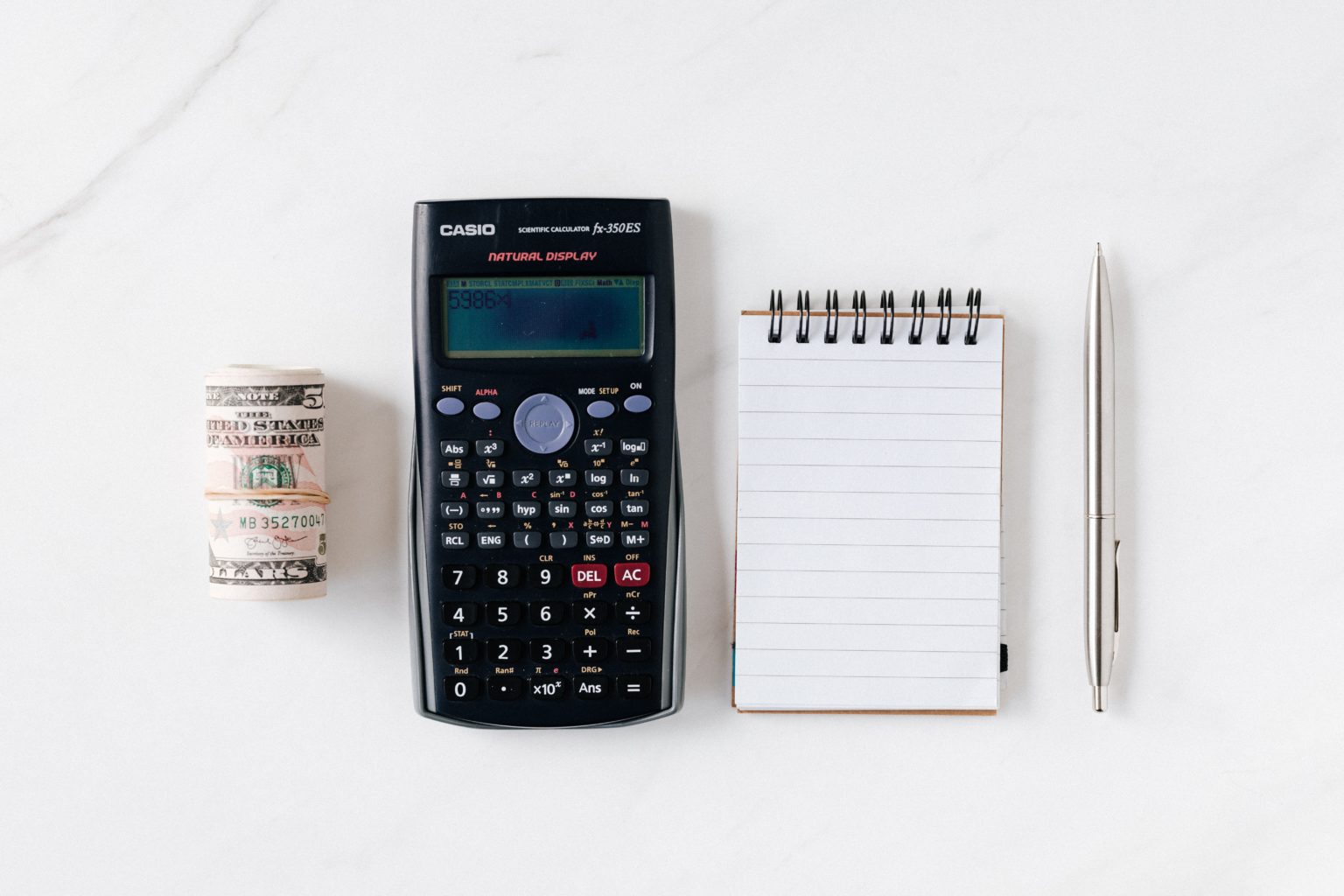You are now ready to create a budget, or perhaps you have already started one. Great! Your personal finances will benefit from your efforts.
To really know where your money goes, you will need to create specific budget categories to keep everything organized.
You can be more precise without tracking every penny.
By categorizing your budget you can identify any problems or areas where you may need to make changes.
You’ll find out the importance of a budget and the categories that you should consider adding. Also, you’ll discover some tools for budgeting.
Table of Contents
Why do I need to budget and have categories?
What are the three main budget categories?
Breaking down the budget categories
Organize Your Budget with These Tools
50/30/20
Why do I need to budget and have categories?
Understanding budgeting can help you improve your relationship with money, and in turn build a stronger financial situation. A budget can be used to reduce debt, stop living from paycheck to paycheck or build a nest-egg for the future.
Budget categories can be very useful in planning as they break down your expenses (sometimes even to the dollar). You can then plan your monthly budget and keep track of all your spending.
Budget categories are designed to target both fixed and variable expenses so you don’t have to wonder where all your money has gone this month.
Budgeting comes in many forms, each with their own categories and methods.
You Need A Budget, for example, is a very popular budgeting software. Cash Envelope System is a popular method of assessing finances. Each budget has three main sections.
What are the three main budget categories?
Needs
These are the essentials, such as rent, mortgage, bills, transportation and insurance. These are fixed costs that do not vary much from month-to-month.
Wants
These are the non-essential costs. Subscriptions to Netflix, Hulu, eating out, coffee, etc. These are often variable expenses that can vary dramatically month to month.
Save money with our Savings
If you haven’t done so already, you need to make room for saving in your budget. This should be around 20% per month, although the exact figure varies as each person’s income is different.
Budget categories: a breakdown
You can further break down the categories of your budget in these three sections. You can decide how to do it, but you should include these categories in your financial plan and budget.
- Earnings
Income is simply the money that you earn every month. Income can come from your salary or other sources such as side hustles, passive streams of income, under-the-table jobs and more.
Calculate your pre- and posttax income. Making better financial choices begins with knowing how much you earn each month.
Examples of income categories
Paycheck
Investments
Side Hustles
Your Own Business
You can also find out more about the Interest Rates
Rental Income
- Housing
Housing costs are likely to be a part of your monthly budget, whether you rent or have a mortgage. There are also the extended costs of housing, such as household repairs and AC. Property taxes and other housing related fees.
This cost shouldn’t change dramatically over the course of the year. However, unexpected costs when household items need to be repaired should also be included in your budget.
Examples of housing categories
Rent or mortgage
Property Taxes
HOA Fees
Repairs to household items
- Transport
You’ll need to factor in transportation costs if you commute, take your kids to school, or go to work.
You’ll also have to pay for gas, car insurance, car ownership or leasing and maintenance, along with other fees. You may also incur expenses for public transportation, including taxis, ridesharing services (like Uber and Lyft), or buses.
Examples of Transportation Category:
Payment for car
Gas
Maintenance & Repairs of Cars
Registration & Fees
Gabi can help you save money on home or car insurance. You can quickly compare rates and save money. Gabi is a free service that allows you to learn more and sign up.
- Food
Your regular shopping list will likely result in similar food costs each month. To avoid a shock or debt at the end the month, you should include dining out and restaurants in your monthly budget.
You can easily cut your costs by cutting back on your restaurant meals. Here are some tips on how to save money when buying food.
Examples of food categories
Groceries
Restaurants
- Utilities
You’re probably familiar with those annoying bills you can’t do without. Check in with your utility providers at least once a year to ensure you get the best possible deal. Utility bills will be consistent month to month.
Comparing and switching providers using comparison websites is the most efficient way to reduce costs. I called my internet service provider several times when the company decided to raise their prices and got better deals every time.
Examples of utility categories
Water
Gas
Electricity
Garbage
Phone
Internet
Cable
- Medical Treatment
If you don’t have an emergency fund, unexpected costs can add up. Medicare or private health insurance may cover some medical expenses, but not all.
Check your insurance coverage and make sure you budget for any medical emergencies which could leave you or your family with no money. Signing up for a Lively health savings account is a great way to prepare.
Examples of medical categories
Primary care
Dental care
Vision care
Medicines
Specialty care
- Insurance
You’ll need housing insurance regardless of your living situation. You are protected in the event of damage, and your risk is reduced.
Certain types of insurance (such as auto insurance) are mandatory, while others (such life insurance) are optional. Consider whether or not you can afford to pay the out-of pocket costs and premiums associated with the insurance situation.
Examples of insurance categories
Homeowners Insurance
Renters Insurance
Auto insurance
Life Insurance
Disability Insurance
Want affordable life insurance coverage? Bestow will provide you with a free online quote in minutes. There are no exams to pass or days of waiting for a quote.
- Personal Finance
Budgets should include saving, debt repayment, and investing. They are consistent payments, so they can be predicted from month to month.
When you’re ready to build a nest-egg, consider high-yielding savings accounts and an investment portfolio that is diversified (as you also take into account the level of risk which you are comfortable with).
As an alternative, Dave Ramsey’s Seven Baby Steps method encourages debtors to prioritize payments.
Examples of personal finance categories
Savings
Retirement
Student Loans
Credit Cards
Financial Planning
- Personal
Consider eficacy when constructing your budget. It is your ability to achieve the desired result.
You’ll go over budget every month if you don’t have a cushion for your normal lifestyle costs, like personal grooming and babysitter services.
Remember that your personal care budget deserves to be included. But don’t go overboard. You can find affordable and fashionable clothes by shopping online at thrift stores.
Examples of personal categories:
Haircuts
Salon services
Babysitters
Spa & Massage
Shopping
- Enjoy the Entertainment
Some people get so excited that they start living a lifestyle which is beyond their means. Relaxation and entertainment are essential for our mental health.
If you want to cut costs, your entertainment budget could be the easiest place to start. Your entertainment budget category may be the best place to start if you are looking to reduce costs.
Examples of entertainment categories
Movies
Play the Game
Vacations
Subscriptions
Concerts
- Miscellaneous
What about the buffer I mentioned earlier? This is also true. Unexpected costs will ALWAYS arise, so you need to be prepared for them.
Do you have a plan for the tax season? Do you have to save for your child’s future education? It’s a great idea to include these steps in your budget if you have the money. You’ll feel more relaxed and confident knowing that everything is under control.
Miscellaneous category examples:
Travel
Taxes
Education
Gifts and Donations
Organize Your Budget with These Tools
Personal Capital
Personal Capital is a wealth management platform that combines automation, technology and advice. It relies on algorithms and data in order to serve its users.
If you want to receive advanced tax strategies or financial advisors, then your account must have at least $100,000 in it.
Personal Capital also offers free financial tools such as fee analyzers and wealth calculators. The software creates different scenarios for every stage of your life.
Retirement planning
College Savings
Day-to-Day budgeting
Savology
Savology, a popular financial planning tool, is completely free and has no fees.
The software’s gamified platform allows you to create a budget in a fun and easy way. It also gives you tailored financial advice based on the strengths and weaknesses of your individual situation.
You can calculate your net worth or take a free class to improve financial literacy. You cannot go wrong!
Tiller Money
Tiller Money is a great option for those who want to be able to monitor their financial situation on a daily basis.
Tiller provides you with a daily financial spreadsheet to help you see where your finances are headed. The spreadsheet is online and accessible via the cloud. We should all be familiar with how to use one by now.
The site is subscription-based and charges a fee, but it offers a trial period so you can see if the system will work for you.
Budgets are essential
You Need A Budget, one of the first budgeting apps available on the market, is an all-encompassing and popular budgeting app.
You Need A Budget Alternatives: I’ve listed some of the best ones in this article.
If you can afford to pay the monthly fee for this software, it includes goal-setting and monthly reports that will keep you on track.
Mint
Mint, a budget planner and tracker that is free of charge, boasts the title “#1 downloaded personal finance app”. It is unique in that it provides 24/7 access to credit scores and offers highly encrypted protection of your financial data.
Mint is featured in top media outlets such as HuffPost, The New York Times and Business Insider.
50/30/20
As you can see, your budget categories don’t have to be complicated. As you start to budget, remember the 50/30/20 Rule.
You can use this to better categorize your money and organize it. This is how the traditional 50/30/20 rules breaks down:
Half for Needs
Housing
Utilities
Transport
Health Insurance
Life Insurance
Dental Insurance
Groceries
Get 30% Off Your Purchase
Dining Out
Leisure
Clothes
Hobbies
Grooming
Spend 20% of your Personal Finances
Paying down Debt
Increase Your Savings
Investing for Retirement
I try to reduce my wants and essentials so that I can save and invest more. You can begin where you are comfortable and use the 50/30/20 guideline as a starting point.
Budgeting is not fun but it’s necessary to improve your financial well-being. It’s time to start!









